British Cinema of the 90s (Distributed for British Film Institute)
£26.60
This work examines major box office hits like ‘The Full Monty’ as well as critically acclaimed films like ‘Under the Skin’. It explores the role of distribution and exhibition, the Americanisation of British film culture, Hollywood and Europe, changing representations of sexuality and ethnicity.
Read more
Additional information
| Publisher | British Film Institute, 1999th edition (1 Dec. 1999) |
|---|---|
| Language | English |
| Paperback | 208 pages |
| ISBN-10 | 0851707629 |
| ISBN-13 | 978-0851707624 |
| Dimensions | 15.34 x 1.47 x 26.42 cm |

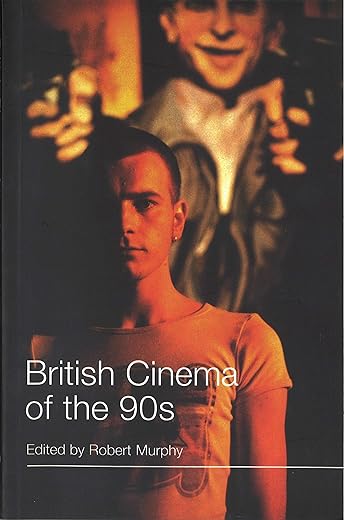
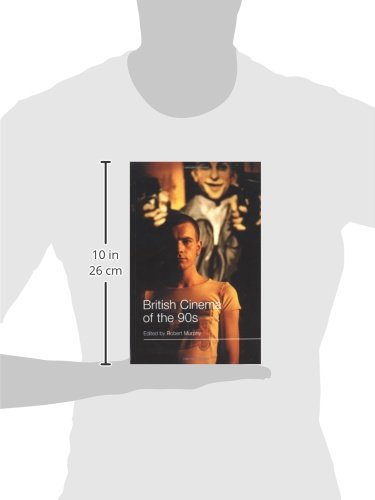
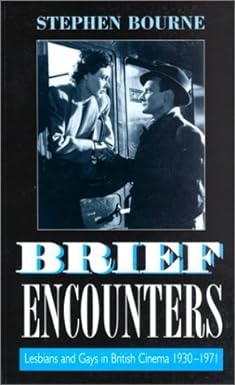

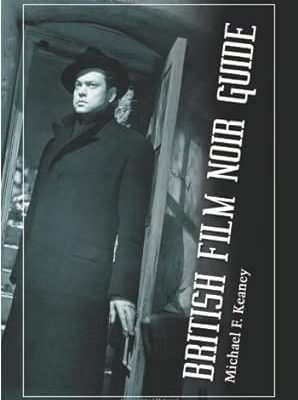
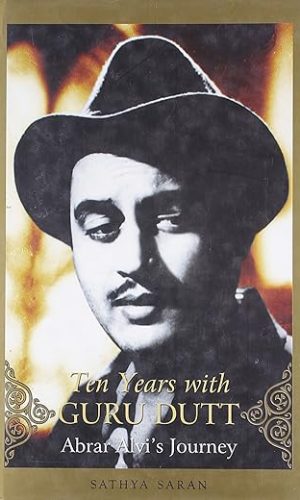



by C. L. Sonnex
The British film industry seemed to be fading out completely coming up to the 1990s, A) because of the poor amount of money that the films were making and B) because the number of films that were being made were rising, in turn not getting as much money in production. Many thought that resurgence was a false hope and that even if the films started to get popular, Britain’s film industry would only fall again. David Puttman concluded as well that “in Nicholas Ridley, we’ve got a secretary of state who gives the impression that he would regard his greatest success at the department of trade and industry if he could close the British film industry down’, `British film on the cutting room floor’ independent on Sunday 10 June 1990 pg 20.
However the critics that had been picked up were longing for returns to films such as Gandhi (Richard Attenborough 1983) however no one could have perceived that there would be young British directors that wanted there own independent success and notoriety like such American cult directors like Sam Raimi and the Cohen brothers.
This is where the series of essays, commissioned by the British film industry starts. In British cinema of the 90s you don’t just have a publication of the best films of the 90s and how great this era was for Britain. Instead you have solid essays and arguments from eighteen contributors ranging from professors at universities, critics and writers for such magazines as sight and sound and of course workers for the bfi. Each essay takes one part of the 90s British films and why its important, its influences or its influenced, each essay is complex and in depth giving a thorough understanding and knowledge. Some essays are interesting and new to the average film enthusiast and post graduate such as Stuart Hanson essay on multiplexes where he explains that one of the reasons why there was a big resurgence of British films was down to the multiplexes that started to populate Britain, with the advantages of having 8 or more screens meaning the normal British film that might have got shown on television instead of the big screen now had the chance to be shown in these multiplex theatres. This in turn produced more money for the industry. Some other essays do point out some of the obvious things of the 90s, all though essential to it, they do seem to dwell on it a lot, for instance the influence Quentin Taratino had on thousands of young British filmmakers and enthusiasts with Geoff brown stating that when Tarantino came to Britain he was treated like a god, he came to the national film theatre and the lecture was so in demand that a separate auditorium was rented so people could hear and see his lecture, that was happening in the next auditorium. Interesting fact, but as this is a study on British film I think they should have concentrated on the British imitators of him like guy Ritchie and one of the most prominent films of the late nineties `lock stock and two smoking barrels’ (guy Ritchie 1998)
Past this, the book is a very insightful and interesting and it covers every side of the film industry from Toby millers study of films and government, to Neil Watson’s theory of an Americanised British film industry. The book also goes on to explore, black British cinema, youth cinema and working class cinema and of course to such prominent issues in film such as men and women and who could forget the money making, problems, and ties which peter Todd deals with very well and explains in a way that doesn’t need an accountant to decipher exactly what he is talking about.
Reading this however has enlightened me on certain things such as the fact that critically acclaimed films have taken a back seat in profitability and the most helpful films to the industry in means of money coming back are not box office smash hit films such as `the full Monty’ (Peter Cattaneo 1997), this film making more money to the American’s who invested in it then Britain, or critically acclaimed films like `trainspotting’ (Danny Boyle 1996) but films that are critically panned and not taken as seriously have the most money influence for the British film industry, the two main films being `spice world, the movie’ (Bob Spiers 1997) and `bean the movie’ (Mel Smith 1997) the first taking $10,527,222 in the super bowl weekend in America, holding the record for 6 years for the highest taking in a super bowl weekend.
All in all an enlightening, in depth and interesting delve in to the 90s and the British film industry as a whole